Hoi An Vietnam is the most famous destination in the Quang Nam area. Besides all the delicious foods, must-try activities, or magnificent nightlife views, visiting Hoi An temples is another category that must be listed to complete any tourist's Hoi An itinerary. These pagodas are all meticulously designed, have very high historical value, and still retain their spiritual and religious values to this day.
1. The Japanese Bridge (Chua Cau Hoi An)
The Japanese Bridge (or Pagoda Bridge, Temple Bridge) - the iconic temple of Hoi An - is a footbridge with a temple atop, located in Hoi An, Quang Nam Province, Vietnam. It was built in the 17th century by Japanese merchants, according to legend, as a sword keeping the monster Namazu whose head is in India, the body is in Vietnam, and the tail is in Japan - from moving and causing earthquakes and floods. After the Japanese left the city, the Chinese continued to build and repair the temple until the Vietnamese took over.
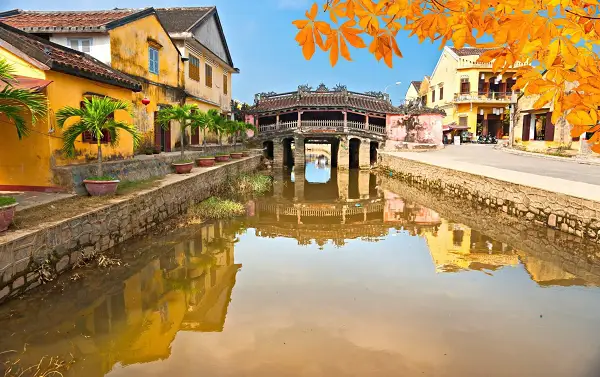
Now the Japanese Bridge is the only building among all the temples and pagodas in Hoi An that bears the architectural blend of the Japanese, Chinese, and Vietnamese.
2. Ba Mu Temple Hoi An
Ba Mu Temple, or Ba Mu Pagoda Hoi An has a unique spiritual beauty, depicted in the symbolic architecture of Cam Ha Cung and Hai Binh Cung beliefs. The pagoda consists of a three-room house as the Palace, a large yard as the Tam Quan Pagoda, and a stele house in front of the Palace. The main gate and the front lake are also 2 of the best spots for photography here, making Ba Mu one of the most visited pagodas in Hoi An.
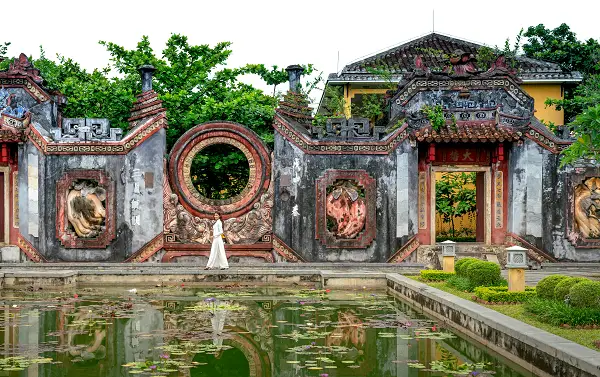
One little reminder: there is the delicious mango cake - one of the best foods in Hoi An - right next to the temple gate.
3. Ong Temple Hoi An
Ong Temple Hoi An, also known as Guan Yu Temple, was built in the early 17th century and is located in the heart of Hoi An. The 400-year-old temple is the place to worship Quan Vu (A legendary warrior of the Three Kingdoms) who is known for undying loyalty.
He was revered as the symbol of royalty, credibility, fourthrightness, and righteousness, which are considered the noblest characteristics of a man according to the Chinese.
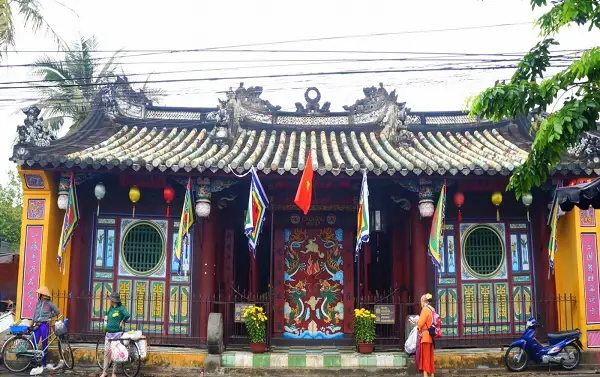
This Hoi An temple has the majestic shape of the letter "Quoc," which means "country", showing the unique beauty of Chinese architecture of the colored glazed-tile roof. The 4 rooms are built in the style of the letter " Khau" in Sino-Vietnamese, meaning "mouth", and finally, the statue of Guan Yu is placed solemnly in the main hall.
4. Phuoc Kien Hoi An Temple
Phuoc Kien Assembly Hall (Fukien Assembly Hall) was built in the 16th century by the Phuoc Kien people (Chinese) who had settled in Hoi An for a very long time. It is a place to worship Lady Thien Hau Thanh Mau (Mother Goddess & Queen of Heaven) as the protector of rivers, water, money, and children. However, it has a slight difference from other Hoi An temples as it was also used as a gathering place for Fukien compatriots.
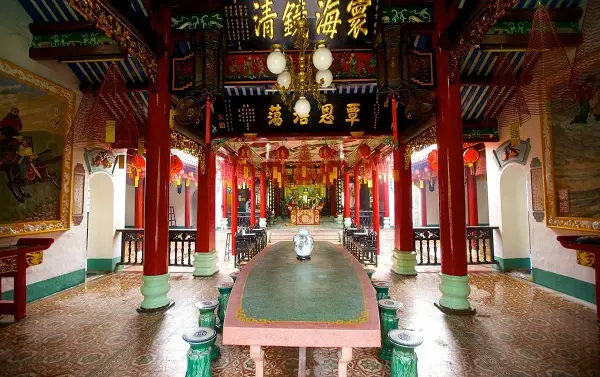
Previously, the Assembly Hall was built entirely of wood, and then, in 1757, it was rebuilt with bricks and a tiled roof, which is what it is today.
5. Van Duc Pagoda Hoi An
Van Duc Pagoda Hoi An was built In the second half of the 17th century by the Zen master Minh Luong when he came to Vietnam and visited Hoi An.
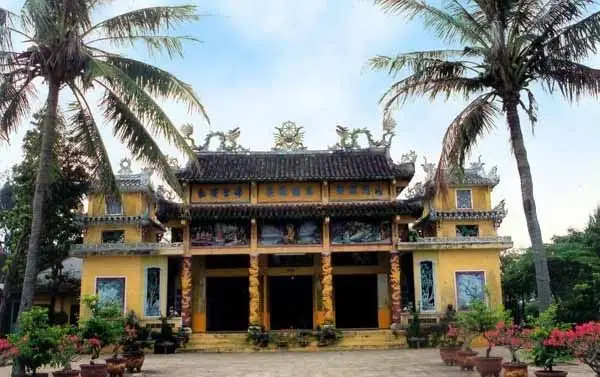
It was built on a plot of land with an area of about 600 square meters, with the front facing the southwest and overlooking the De Vong River.
Like other temples in Hoi An, the temple is also the place to organize major Buddhist holidays such as Buddha's Birthday (April 15); Vu Lan (July 15); The Buddha attained enlightenment (December 12), etc.
6. Hai Tang Pagoda Hoi An
Hai Tang Pagoda was built in 1758, but then severely damaged by a storm in 1848, making it the only pagoda in Hoi An that was destroyed by a force of nature.
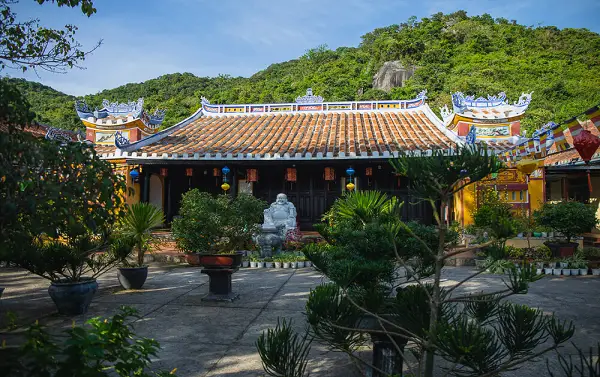
Legend has it that around the 17th century, a group of people encountered a big storm when passing Cu Lao Cham and were forced to stay on the island. The God of the Soil here said that if they want to calm the storm, they must build a pagoda here. So, in order not to offend the Gods, we suggest you check out the best time to visit Hoi An.
7. An Lac Pagoda Hoi An
An Lac Pagoda is located on the right bank of the Thu Bon River, only about 4km from Hoi An ancient town. The temple was built in 1966 and was very small. It is the only Hoi An pagoda that was initially used as a place to teach and raise orphans.
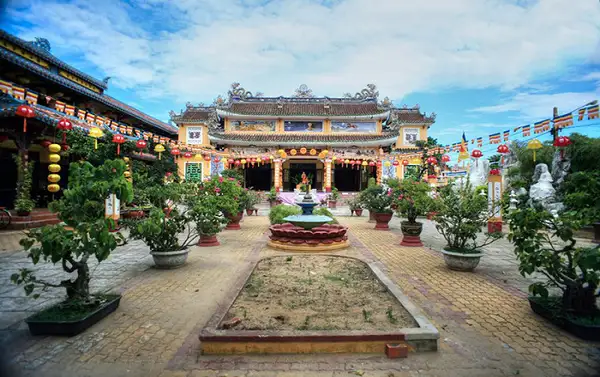
Over the years, this pagoda of Hoi An has been renovated and become a famous Buddhist temple in Hoi An.
8. Phap Bao Pagoda Hoi An
Phap Bao Pagoda is the largest of all pagodas in Hoi An and is located only 750 from the center of Hoi An ancient town. The pagoda has two floors bearing the style of Hoi An ancient architecture.
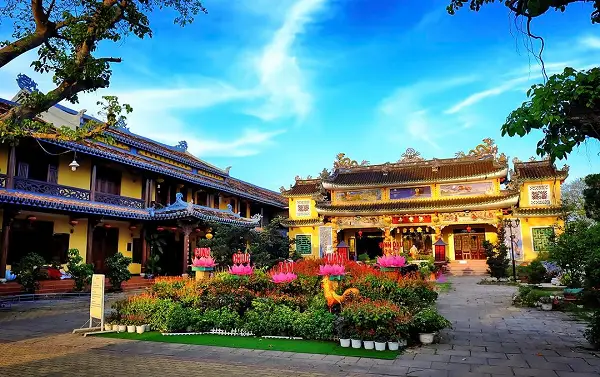
Like other pagodas in Hoi An and Vietnam, Phap Bao Pagoda has many statues of Buddha, Bodhisattva Avalokiteshvara, Dharma Protectors, and other Buddhist constructions.
9. Phuoc Lam Pagoda Hoi An
Among other Hoi An Pagodas, Phuoc Lam Pagoda is considered one that has the longest history (at least 200 years) of witnessing numerous religious and spiritual practices of many generations of Quang Nam people.
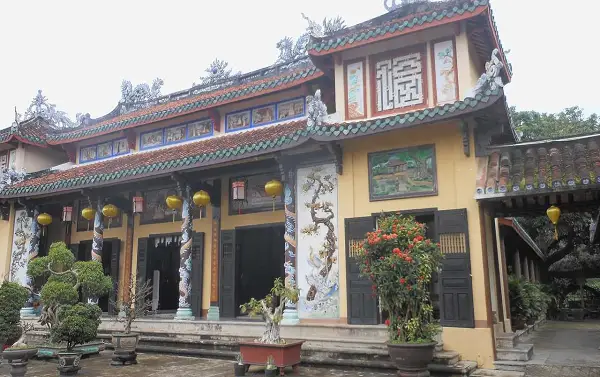
It was built by Minh Giang monk in the 18th century with 3 main parts: The triple gate, the yard, and the main hall. Phuoc Lam Pagoda also preserves many valuable antiques such as delicately carved ancient woodblocks, and ancient porcelain bowls.
10. Vien Giac Pagoda Hoi An
The precursor of Vien Giac Pagoda was a pagoda in a village called Cam Ly in Xuyen Trung. However, the area on which the pagoda once stood suffered from erosion, thus, King Thieu Tri moved it to Hoi An and it became part of the collection of pagodas in Hoi An until this day.
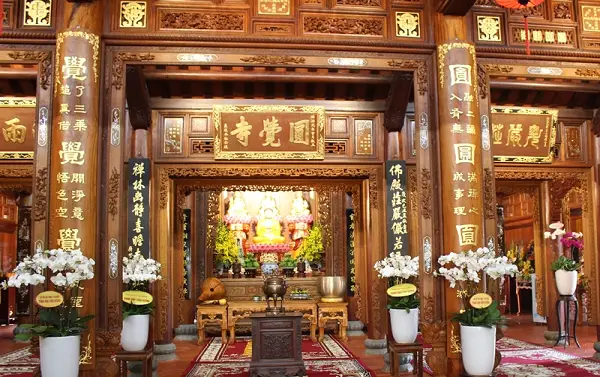
It was granted the National Historical-Cultural Monument status on November 29, 1991.
11. Chuc Thanh Hoi An Pagoda
Located about 2km from the center of Hoi An ancient town, Chuc Thanh Pagoda (or Khoai Pagoda) is among the Hoi An pagodas that should not be missed.
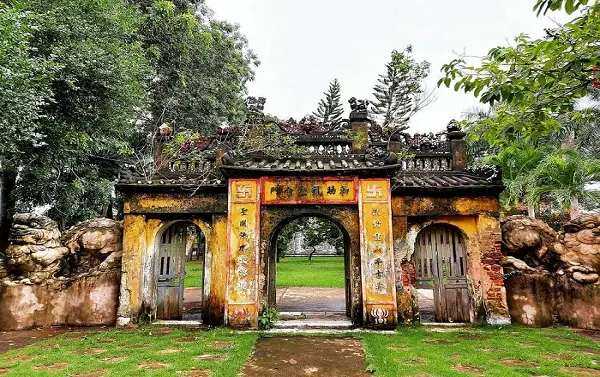
This pagoda was built by Zen master Minh Hai in the 17th century when Hoi An reached the peak of its prosperity. The overall architecture of the pagoda harmoniously combines Vietnamese and Chinese cultures.
People also read:
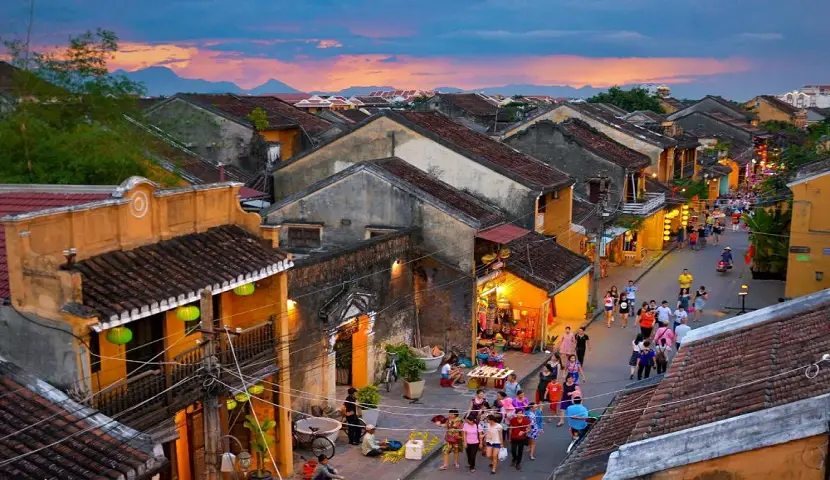















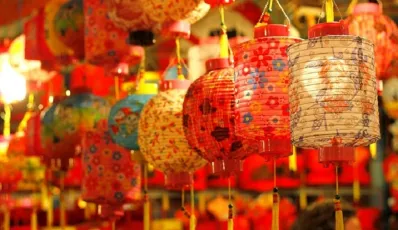




 TRAVELERS' CHOICE 2026
TRAVELERS' CHOICE 2026 



02 Comments
Singapore
Vietnam
Write Reply